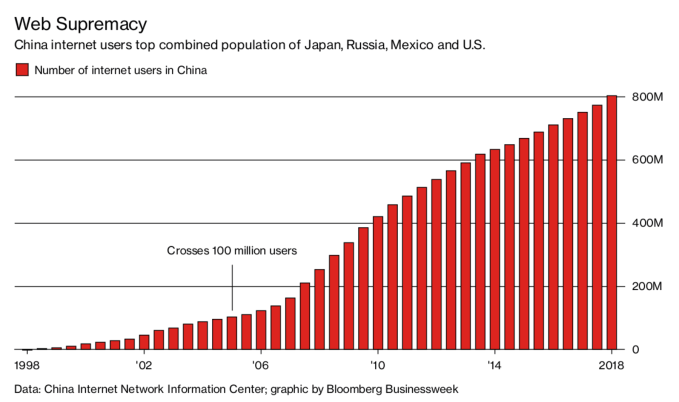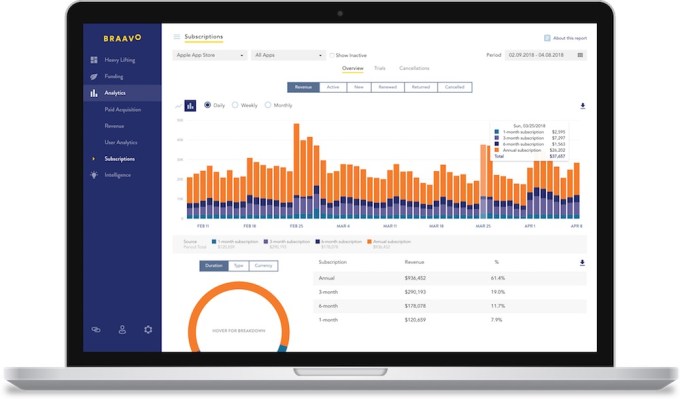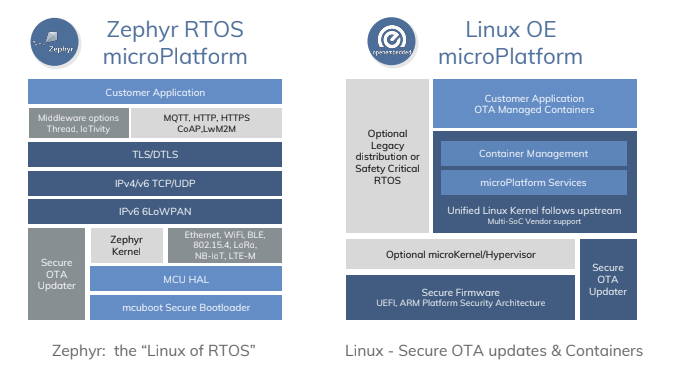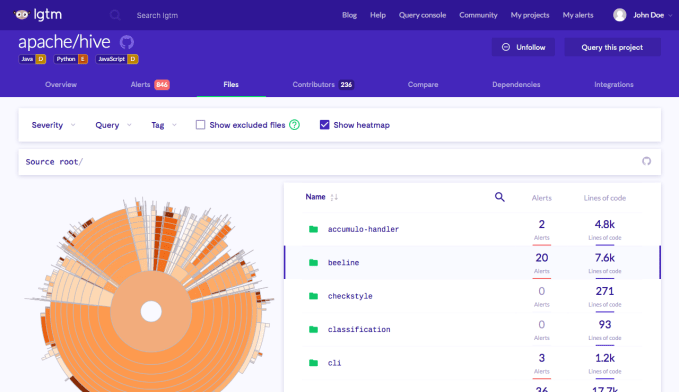You’re not the only one feeling run down by the news of the day. The folks at Google apparently believe we could all use a dose of good news, at times, too. The company today announced it’s testing a new Google Assistant feature called “Tell me something good” that will allow users to hear a summary of more uplifting news stories. The stories will focus on people who are “solving problems for our communities and our world,” says Google.
To activate the feature, Assistant users in the U.S. can say, “Hey Google, tell me something good” to kick off the daily briefing of happy stories.
Google offers some examples of what the “good news” may include, like a story about how Georgia State University stopped students from slipping through the cracks; or how backyard beekeepers in East Detroit are bringing back the dwindling bee population; or how Iceland curbed teen drinking.
The stories are selected and summarized by the nonpartisan nonprofit Solutions Journalism Network, an organization that helps train journalists to better cover how people are responding to problems and how those actions can have positive results.
The stories themselves, meanwhile, will be chosen from a wide range of media outlets.
The feature arrives at a time when many people are feeling overwhelmed by the news, much of which is negative and troubling.
Some psychologists believe this sort of exposure may have long-lasting effects on mental health, contributing to stress, anxiety, depression, and even PTSD, in some cases. The impact may be greater if the news outlets you’re exposed to emphasize the suffering and emotional components of the stories they present, according to psychologist Dr. Graham Davey, who spoke to The Huffington Post about the topic back in 2015.
In addition, a more recent survey from the American Psychological Association found that more than half of Americans now say that the news causes them stress, and many report feeling anxiety, fatigue or experiencing sleep loss as a result. And new data from Blue Cross Blue Shield states that more than 9 million people in the U.S. are now suffering from major depression – up 33% from 2013 through 2016.
Of course, many people continue to keep up because they feel it’s their responsibility to stay informed.
Unfortunately, what’s shifted between the era of the daily paper and the nightly TV news, is the way people consume news. Stories often include visual or shocking elements, and include videos, photos, and audio clips captured by bystanders. We’re also continually checking our phones throughout the day, as well, instead of reading or watching news at designated times.
Being addicted to social media isn’t helping either – continually scrolling through our feeds is something that’s already linked to feelings of social isolation, as well as prolonged feelings of hopelessness or sadness, studies have shown.
A dose of good news from Google Assistant won’t solve these problems, as not everyone is aware of the cause of their stress and anxiety, nor will they seek out solutions to make themselves feel better. Plus, listening to a few good stories here and there won’t cancel out the larger majority of “bad” news stories that we more regularly consume.
Google acknowledges this feature won’t be some sort of “magic bullet,” it says.
“But it’s an experiment worth trying because it’s good info about good work that may bring some good to your day,” the company says.
The Google Assistant feature works on any Assistant-enabled devices including mobile phones, smart displays or Google Home devices.




